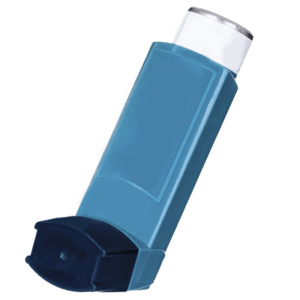Salbutamol
Salbutamol: specs and info
Salbutamol is the active ingredient used in many common asthma treatments. You’ll find that there are lots of different brands of inhalers that use it.
The treatment helps people who have asthma and chronic obstructive pulmonary disease (COPD). It can ease symptoms such as wheezing, coughing, and feeling breathless. Salbutamol makes it easier to breathe by relaxing the muscles around the airways.

